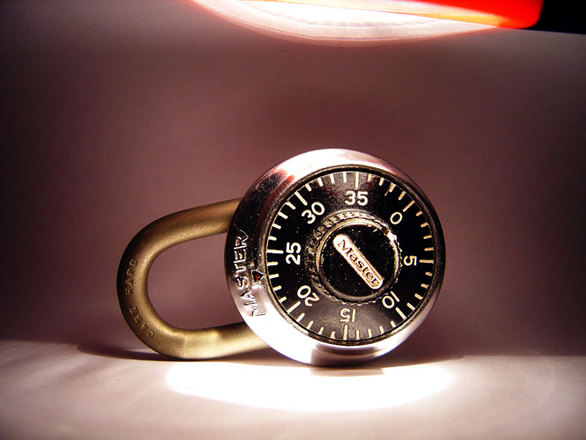The key is anonymity

Summary: Advice for potential whistleblowers, or sources with evidence of abuse that they wish to anonymously share with the world (via Techrights)
OVER the years Techrights has received critical information from dozens of sources, all of which remained safe (unexposed). But this does not mean that all of them did this safely. This article provides advice for those who wish to pass to us information in the safest of ways, without having to do a lot of complicated things.
Why Not Off-the-shelf, Self-contained Secure Software?
Over the past 6 months or so we have looked into various bits of Free/libre software, e.g. Briefkasten (no longer actively maintained, as of 2013) and SecureDrop, which is too big a project (massive also in the source code sense compared to Briefkasten, not to mention
difficult to set up). After much effort we decided to settle for something which is simpler to use and is much faster to use. To facilitate leaking of sensitive documents (e.g. evidence of misconduct) we mostly require anonymity, as the content of the material does not --
in its own right -- do much (if anything) to expose the source.
Typically, whole frameworks are built for distributed and de-centralised leaking. This requires quite a bit of hardware, which in turn needs to be set up and properly configured. It's complicated for both sides (source and receiver) and it's usually developed for large teams of journalists, for constant interaction with sources, or a regular flow of material. We do not require something this advanced. In practice, a one-time document drop is usually enough.
Our Proposed Solution
We have decided that the following method would be good enough given the nature of leaks we normally receive. They are typically about technology, rather than some military or surveillance apparatus such as the CIA's assassination (by drones) programme or the NSA's mass surveillance programme.
For extra security, we kindly ask people to ensure anonymity/privacy tools are used, notably Tor. Without it, privacy/anonymity cannot be assured to a high degree. It's
possible, but it would not be unbreakable (meaning too great an effort and a challenge for spies to take on).
Establishing a Secure (Anonymous) Session
Follow the following steps, with (1) for extra assurance of anonymity.
- Install Tails or prepare a Tails device (e.g. Live CD) to boot on a laptop, in order to simplify session creation with Tor (for those who insist on using Windows we have this guide
[PDF]).
- Irrespective of (1), seek public wireless/wired access in something like a mall (preferably not a sit-down like a coffee shop, where cameras are operated and situated in a way that makes it easy to track individuals by faces, payment with debit/credit cards and so on). The idea is to seek a place -- any place -- where it is hard to know the identity of the connected party, even by association (e.g. friend or family). Do not use a portable telephone (these are notoriously not secure and regularly broadcast location).
- Refrain from doing any browsing that can help identify patterns or affiliations of the user (e.g. session cookies). In fact, unless Tails is used, it might be worth installing a new browser (Opera for instance) and doing nothing on it prior to the sending of material. This reduces the cookie trail/footprint.
Send the material
Once logged in anonymously,
anonymously (do not log in) submit text through
Pastebin and take the resultant URL for later pasting. Do not pass PDFs for non-textual material. Instead take shots of them, to reduce/eliminate metadata which is often being passed along with them. Then submit to
Anonmgur and make a note of the resultant URL for later pasting.
This is typically a one-way communication channel, so add any context which is necessary, then link to the above material as follows:
- Log in to the
#techrights IRC Channel via the Web browser.
- Choose a pseudonym and sooner or later we will get around to seeing the new arrival and checking what there is to be said (there are dozens of us there).
- Drop the link/s in the channel. If someone is on the keyboard at the time, there might even be time for interaction. Do not say anything that can help reveal identity (sometimes the language itself is revealing).
Caveats
While not impenetrable, it would take an
enormous amount of effort (and connections in several high places) to unmask a source who follows the steps above. Unless it's a high-profile political leak, such an unmasking effort would be
well beyond what's worth pursuing (expensive and complicated). MAC address-level spying often assumes access to very high places (and deep into back rooms), so therein lies no significant danger, especially when the best anonymity tools are properly used and the incentive to unmask isn't great enough at high places (usually the political or military establishments).
⬆

